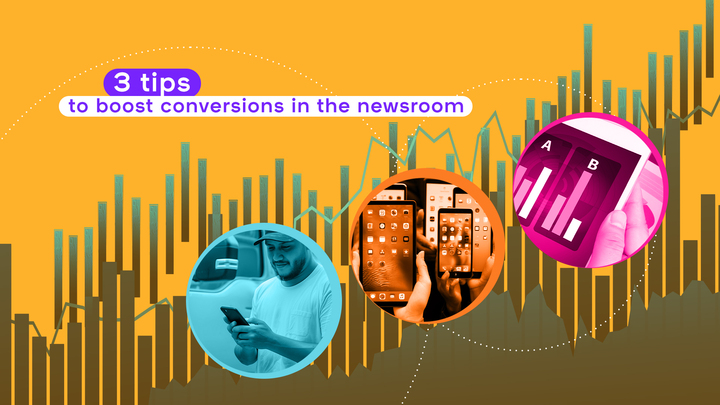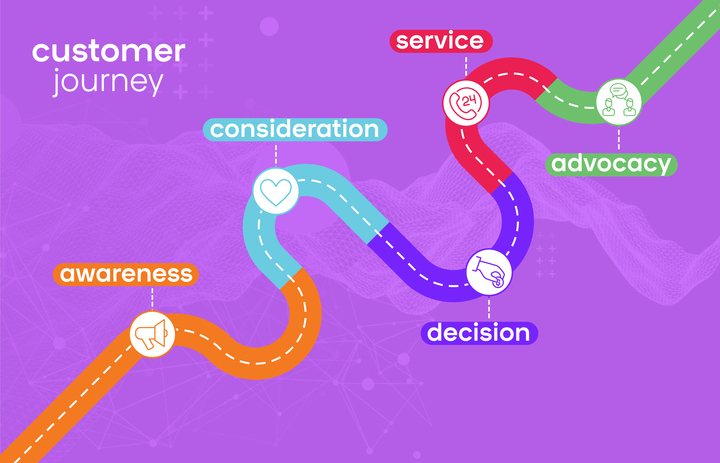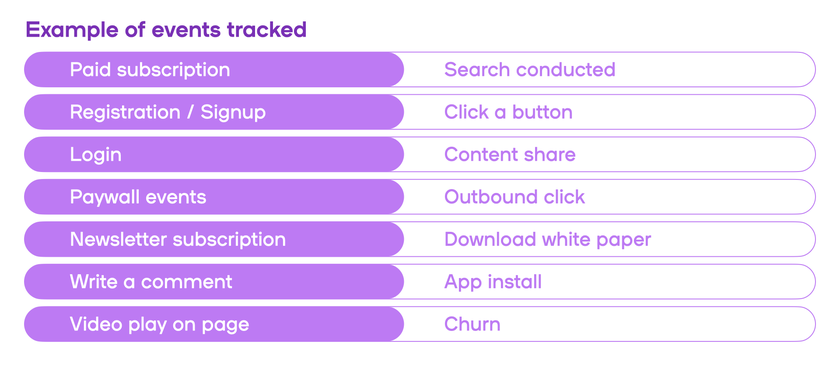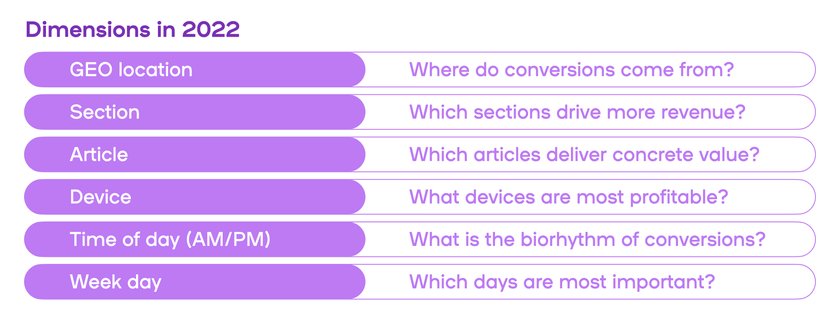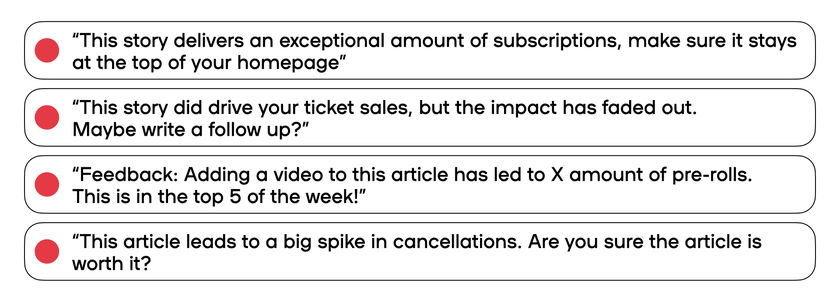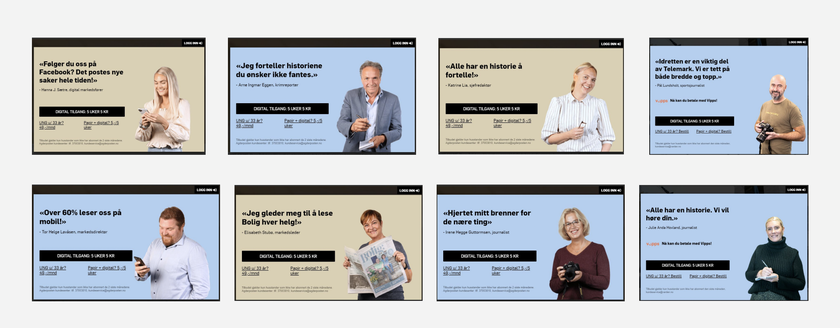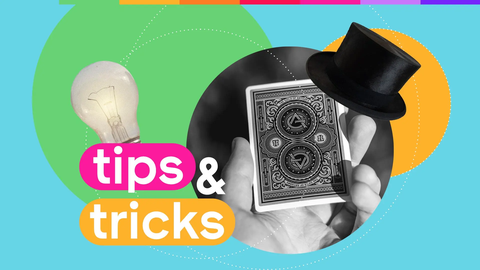From their self-described ‘ancient paywall’ back in 2019, they’ve evolved to a much more sophisticated conversion screen - firstly by A/B testing iconography (using faces seemed to work better and increased click through by 197%), but then by personalising it further by the use of different ‘faces’ of the brand. Again this increased the click through rate by 12.2%. These increases matter enormously as the competition for reader dollars gets fiercer.
The point is, progress is iterative. There’s always room for improvement, and being in the mindframe to search out better practice can be transformative. Technology is evolving. Readers are increasingly time-poor and ever more discerning. You’ll have to continue to work to keep them happy. Don’t rest on your laurels.
How do you create better A/B tests? Read this!
And finally, conversion is one thing, but retention is another
What’s the key to reducing churn? It’s simple - but not necessarily easy.
The answer is applying those three things continuously and diligently to all content - especially if it’s behind a paywall.
People often talk about searching for the ‘Spotify for news model’, but while it’s assumed that what they mean is an umbrella service through which people can access content from multiple sources, in fact the lesson is much simpler.
Spotify has made itself an essential service for music lovers. When people use something daily and don’t give the financial outlay a second thought, you’re onto a winner. If it works, if it’s seamless. If it answers the needs you have of it, that’s great.
For newsrooms, this means understanding who your audience are and what they need - or as our CMO wrote, going from a ‘trust me’ to ‘show me’ approach to journalism. From here it’s easy to incorporate this monitoring and analysis into the workflow, so you can know instantly if something isn’t working - or if something is working really well.
Luckily this is hardly an onerous task. Reports and smart notifications are there for the taking and - dare we say - are actually fun to use. So, use them!
